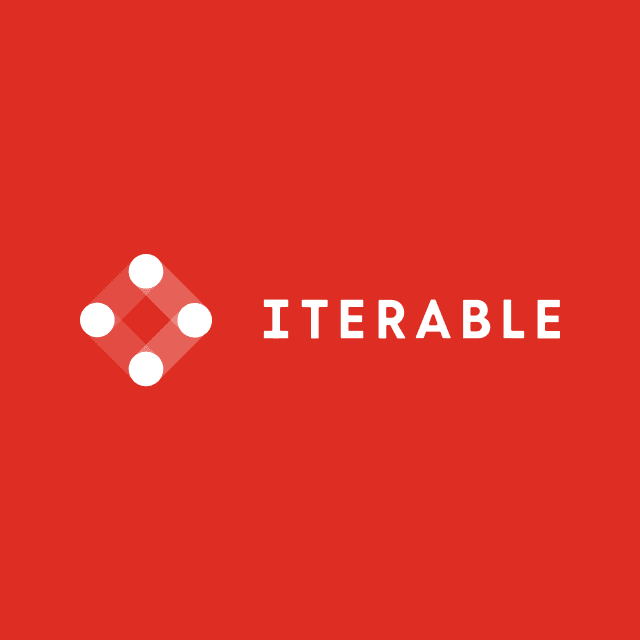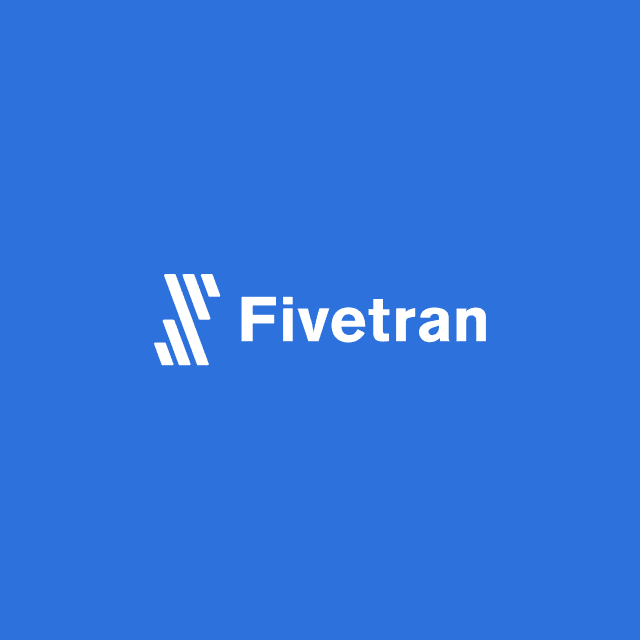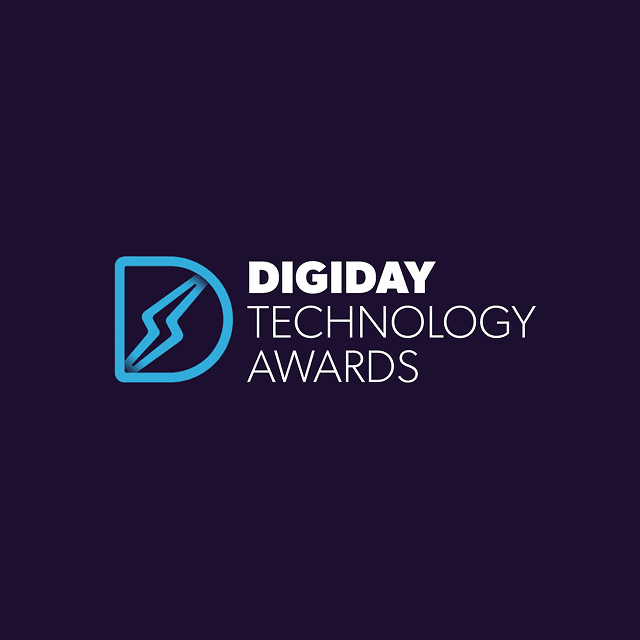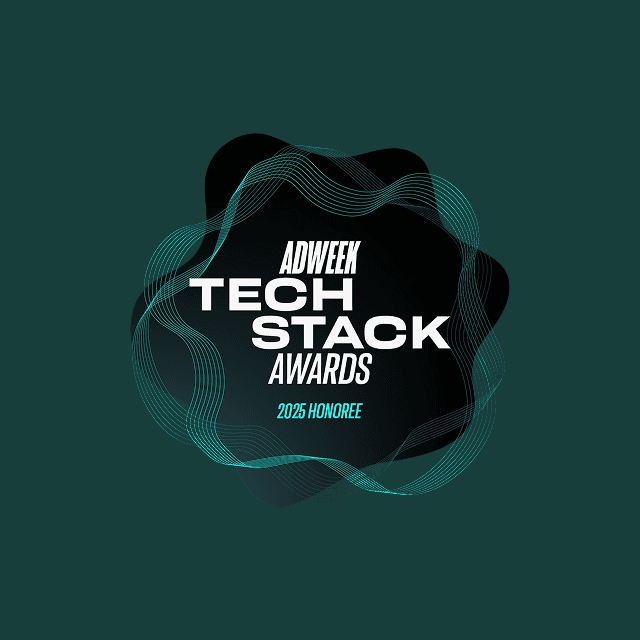Today, customers have more ways to interact with companies than ever before, so understanding how users are engaging with your web and mobile applications is vital to understanding behavior and building better customer-facing experiences. This is exactly why clickstream data is so important.
In this article, you’ll learn:
- What is clickstream data?
- How clickstream data works
- The types of clickstream data
- How you can collect clickstream data
- Use cases for clickstream data
What is Clickstream Data?
Clickstream data is a form of analytics that measures a user's interactions across your web and mobile applications by capturing clicks, page navigation, and other behavioral data within your product.

Clickstream data acts as a digital breadcrumb trail, enabling you to track a user’s journey from their first interaction to the last so you can view the entire user journey. Analyzing this data enables you to deeply understand how users are engaging with your site so you can optimize your sales and marketing funnels to deliver more personalized experiences to each user and drive conversions.
How to Collect Clickstream Data?
Clickstream data collection is powered by Software Development Kits (SDKs). SDKs are essentially toolkits of code snippets (usually consisting of JavaScript) that you can embed on your website to capture specific events or actions you define.
Once you’ve embedded this code on your website, you can define your event tracking parameters. This code collects data using event handlers to submit requests whenever a user triggers an event. Once an event fires on your website or mobile app, a corresponding record populates in your analytics database or data warehouse. Each event manifests as an individual row containing all the specific details of that event, providing you with a complete set of clickstream data.

Once the data is available in your analytics database or data warehouse, you can display the information in an analytics tool for performance monitoring or integrate it with downstream platforms, transform it, and then sync it to tools like CRMs, email platforms, or advertising platforms using Reverse ETL.
Types of Clickstream Data
There are thousands of clickstream events you can collect. Collecting as many of these types as possible is essential to take advantage of the full benefit of clickstream data.
Web Navigation Data
Web navigation data shows you how users are moving through your web or mobile applications so you can see how, where, and why they landed on your website. This is especially helpful when it comes to identifying the most efficient path or common path that led to a conversion. Some of the most common types of web navigation data include:
- URLs Visited: The web pages a user has visited.
- Referrer URL: The prior web page that led a user to the current page.
- Click Path: The sequence of clicks or navigation paths a user takes through a website.
- Exit Page: The last page a user viewed before leaving a website.
User Interaction Data
User interaction data shows how individuals are engaging within your web/mobile app so you can understand behavioral preferences to build better user experiences. Some of the most common examples of user interaction data include:
- Click Rate: The rate at which users click on a specific element or link.
- Scroll Depth: How far a user scrolls down on a web page.
- Mouse Movements: Tracking where the mouse hovers or moves.
- Form Interaction: Whether the user filled out a form, which fields they interacted with, etc.
- Button Clicks: Which buttons were clicked, such as "Add to Cart" or "Subscribe."
Temporal Data
Temporal data refers to time-series data that you can leverage to understand the timing and sequencing of user interactions so you can optimize your conversion rates.
Here are a few of the most common examples of temporal data:
- Timestamps: The exact times at which activities or clicks occur.
- Page load time: The time it takes for a web page to load.
- Last login date/time: The last time a user logged in to a website or app.
Conversion Data
Conversion data refers to specific user actions or events that signify successful outcomes on your website or mobile app. Here are a few of the most common examples of conversion data:
- Transactions: The moment users complete a transaction on a website/app.
- Form Submissions: When a user fills out a form and registers for an event or service.
- Signups: Users who create a new account or profile for a product or service.
Session Data
Session data encompasses a user's interactions within a single visit or session. This type of data is really helpful when it comes to understanding engagement patterns on specific pages. Some of the most common types of session data include:
- Session Start and End Times: Timestamps of when a user's session begins and ends.
- Session Duration: The total time a user spends on a website during a single session.
- Number of Pages Viewed During a Session: The number of web pages a user visits in one session.
- Number of Interactions Within a Session: The number of interactions within a single session. This can include clicks, form submissions, and other interactive activities.
Error Data
Error data relates to issues that users encounter while navigating your website or app. This data is vital to identifying technical glitches and other issues that can negatively impact the user experience.
Here are a few examples of the most common types of error data.
- 404 Errors: When a user tries to access a webpage or resource that does not exist on the server.
- Validation Errors: The message that displays when a user submits incorrect or incomplete information.
- Timeout Errors: Network or server response issues that cause user requests to fail.
Search Data
Search data captures intent as customers use your website or app search engine. This data gives you insight into the specific search terms that users are typing. The two most common types of search data include:
- Search Queries: The terms entered into a website or app’s search bar.
- Search Result Clicks: The search results a user clicks on after making a query.
Clickstream Data Use Cases
The clickstream data that users leave behind can reveal a wealth of insights to power a variety of use cases to not only help you better understand your customer but also enable you to act on that data to power business outcomes.
Analytics
The most prevalent and immediate benefit of clickstream data is clickstream analytics. Clickstream analysis shows you exactly how users are engaging with your app or website. This has immense value because you can analyze this information to identify customer trends and even run A/B experiments or tests to deliver different experiences to different users.
For example, if you know your homepage has a high exit rate, you might consider changing the flagship marketing copy on the page and replacing it with something more engaging to increase page time. Alternatively, you could offer a special coupon to users who sign up for your monthly newsletter. The true value of clickstream data is that it gives you direct and unbiased feedback so you can generate actionable insights and optimize your marketing strategies.

Customer Journey Mapping
Understanding your customer journey is crucial for optimizing user experience and increasing conversions. One effective way to achieve this is through clickstream data, which helps analyze the online journey from initial awareness to the final conversion. This data can highlight which touchpoints are most effective in guiding users toward purchasing so you can focus your resources on those areas. It can also identify stages where users drop off, enabling you to address those pain points for a smoother user experience.
To put this into context, consider implementing a marketing funnel to understand how customers navigate your app or website. For example, the funnel might look something like this: users click on an ad, land on your site, search for a specific product, add it to their cart, and then either complete the purchase or abandon the cart.
Once this funnel is mapped out, you can use clickstream data to analyze user behavior at each stage. For instance, you might find that customers frequently drop off during the checkout process, particularly when they reach the section regarding shipping fees. This information could prompt you to launch an experiment to see if offering a free shipping promotion helps to reduce cart abandonment.
Customer 360
Clickstream data plays a vital role in creating a single view of your customer. By consolidating all of your customer data into a centralized analytics database, you can create a comprehensive view of your customer and link behavioral data to individual profiles, so you can enrich your clickstream data with other relevant first-party data and segment your users by specific audiences that you define.
Having all of your customer data in one location allows you to leverage it not only for analytics but also for data activation. For example, if you know which users abandoned their shopping cart within the last day, you can upload that audience segment to your ad platforms to remarket to those users or even potentially identify new lookalike audiences. Likewise, you might want to send a personalized reminder email notifying users to complete their within the next few hours so they don’t miss the next delivery window.
Tools to Capture Clickstream Data
While there are open-source libraries you can leverage to collect clickstream data, many out-of-the-box tools make deploying this code on your website really simple. Here’s a quick rundown of some of the best and most powerful tools available on the market today.
- Hightouch: Hightouch Events is clickstream tracking software purpose-built to collect events from your websites and apps and load them into your data warehouse. Hightouch Events is fully composable, which means it utilizes your existing data infrastructure, is completely schema-agnostic, and is modular and interoperable.
- Snowplow: Snowplow is an open-source analytics and data creation platform that allows you to collect clickstream data. It provides trackers for web, mobile, server, and IoT platforms.
- Segment: Segment CDP provides clickstream tracking by a Javascript source, a mobile SDK, or server-side sources. Each method collects clickstream data, which is transformed and routed to destinations configured within Segment.
- Google Analytics: Google Analytics uses JavaScript tags (called "gtag.js" or "analytics.js") embedded in your website’s code to collect data. When a user visits a web page, the tag runs in their browser and collects data about their session, sending it to Google Analytics servers.
- Amplitude: Amplitude collects clickstream data via SDKs that can be integrated into web, mobile, and server-side applications. Once integrated, these SDKs track clickstream data and send it to Amplitude servers.
Ultimately, your choice for a clickstream tool should be based on your current technology stack and the actual use cases you are trying to solve.
Closing Thoughts
Clickstream data is one of the most important aspects of data collection, but it can also be a daunting task to set up your own collection framework. If you’re interested in learning more about how you can automate the collection of your clickstream data, consider Hightouch Events. Hightouch collects and stores data directly within your existing data infrastructure.
Book a demo today to see how you can get started.
















